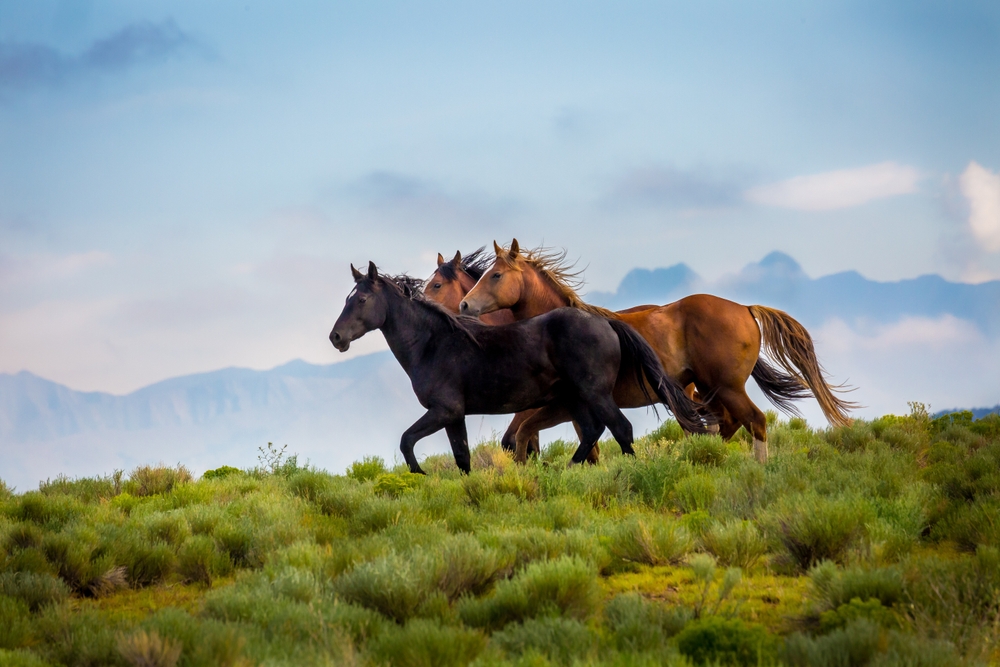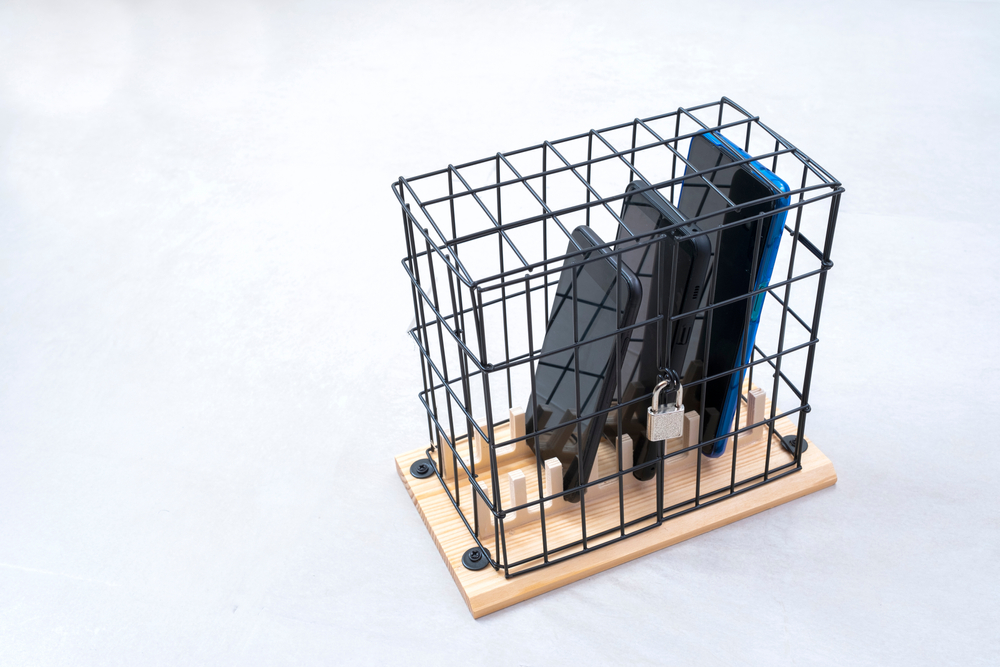Since they were first introduced by Spanish colonists in the 16th century, feral horses have roamed free across much of the United States. They have played a vital role in western or well known cowboy culture and are vital to Native American history and spirituality as well.
But feral horse numbers have since increased over the last 500 years and have become a big problem in the West, specifically states such as California, Nevada, Wyoming, Utah, New Mexico, Montana, and Arizona. Due to this overpopulation, feral horses have become a danger to communities and themselves by destroying valuable plant life and vegetation as well as wandering onto private lands.
Wild horses are known as feral because they were first introduced to the Americas as domesticated livestock. This is unlike a bear, which is a wild undomesticated animal. Today’s wild horse ancestors were not born in the U.S. or raised as wild horse herds when they first came into the continent
As humanity expands and landscapes change, society debates whether wild horses should be domesticated or should be left undisturbed. With public opinion deeply divided, the arguments are rooted in ecology, aesthetics, economics and cultural values.
“I think it’s humane to domesticate wild horses because some are unable to continue to live in the wild so it would be nice to find a way that they can live a happy life in a domesticated environment” Stephanie Dondzil, a veterinarian at Montville Veterinary Group, said. Dondzil believes it is difficult to form a hard and fast opinion against wild to domesticated horses. Though she believes in domestication, she also believes that there are better ways to handle the overpopulated horse herds. One example of this that Dondzil shared was ending human-assisted horse reproduction.
Tracey Cantamessa, a veterinarian at Eagle Rock Veterinary, also believes that it is a hard opinion to decide on.
“They should stay if it’s all they have known,” Cantamessa said. “But unfortunately, I think the keeping of wild horses in some areas is bad in some cases due to damage to the environment like overgrazing, and management of plants and flora species.”







